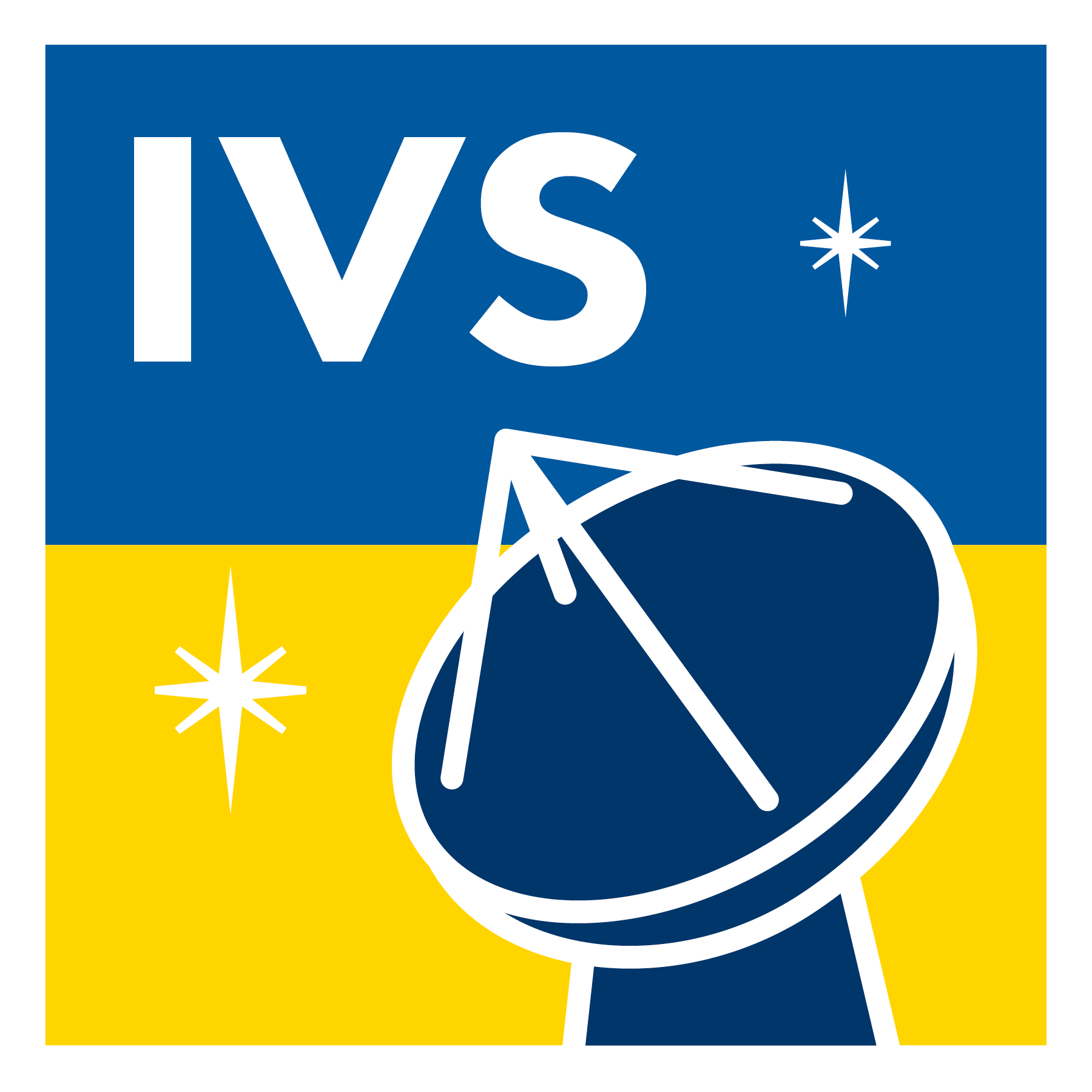Courtesy of Nlingi Habana (thanks!).
Glomsda, et al. (2023): Effects of Non-tidal Loading Applied in VLBI-only Terrestrial Reference Frames
https://doi.org/10.1007/s00190-023-01766-6
“We investigate the impact of the reduction of non-tidal loading (NTL) in the computation of secular terrestrial reference frames (TRFs) from Very Long Baseline Interferometry (VLBI) observations. We make use of [corresponding site displacement] data, which comprise the total NTL consisting of non-tidal atmospheric, oceanic, and hydrological loading. We find that the TRF statistics are hardly affected by the NTL. The largest impact is given for the secular motion of antennas with short observation time spans.”
Yang, et al. (2023): Estimation of Free Core Nutation Parameters And Availability of Computing Options
https://doi.org/10.1016/j.geog.2023.05.004
“In this study, we analyzed the differences and the effectiveness of weight function and ocean tide corrections in the [Earth’s Free Core Nutation (FCN)] parameter detection using synthetic data, [superconducting gravimeter (SG)] data from thirty-one stations, and the 10 celestial pole offset (CPO) series. The results show that significant discrepancies are caused by different computing options for a single SG station.”
Savolainen, et al. (2023): RadioAstron Discovery of Mini-cocoon Around the Restarted Parsec-scale Jet in 3C 84
https://doi.org/10.1051/0004-6361/202142594
“We present RadioAstron space-based very long baseline interferometry (VLBI) observations of the nearby radio galaxy 3C 84 (NGC 1275) at the [center] of the Perseus cluster. Our space-VLBI images reveal a previously unseen sub-structure inside the compact ∼1 pc long jet that was ejected about ten years earlier. Our results suggest that the increased power of the young jet is inflating a bubble of hot plasma as it carves its way through the ambient medium of the central region of the galaxy.”
Baker, et al. (2023): High-resolution VLBI Astrometry of Pulsar Scintillation Screens with the θ – θ Transform
https://doi.org/10.1093/mnras/stad2318
“We present an extension to previous θ−θ methods using the interferometric visibilities between multiple stations to calibrate the wavefields. When applied to existing data for PSR B0834+06, we measure the effective screen distance and lens orientation with five times greater precision than was possible in previous work.”
